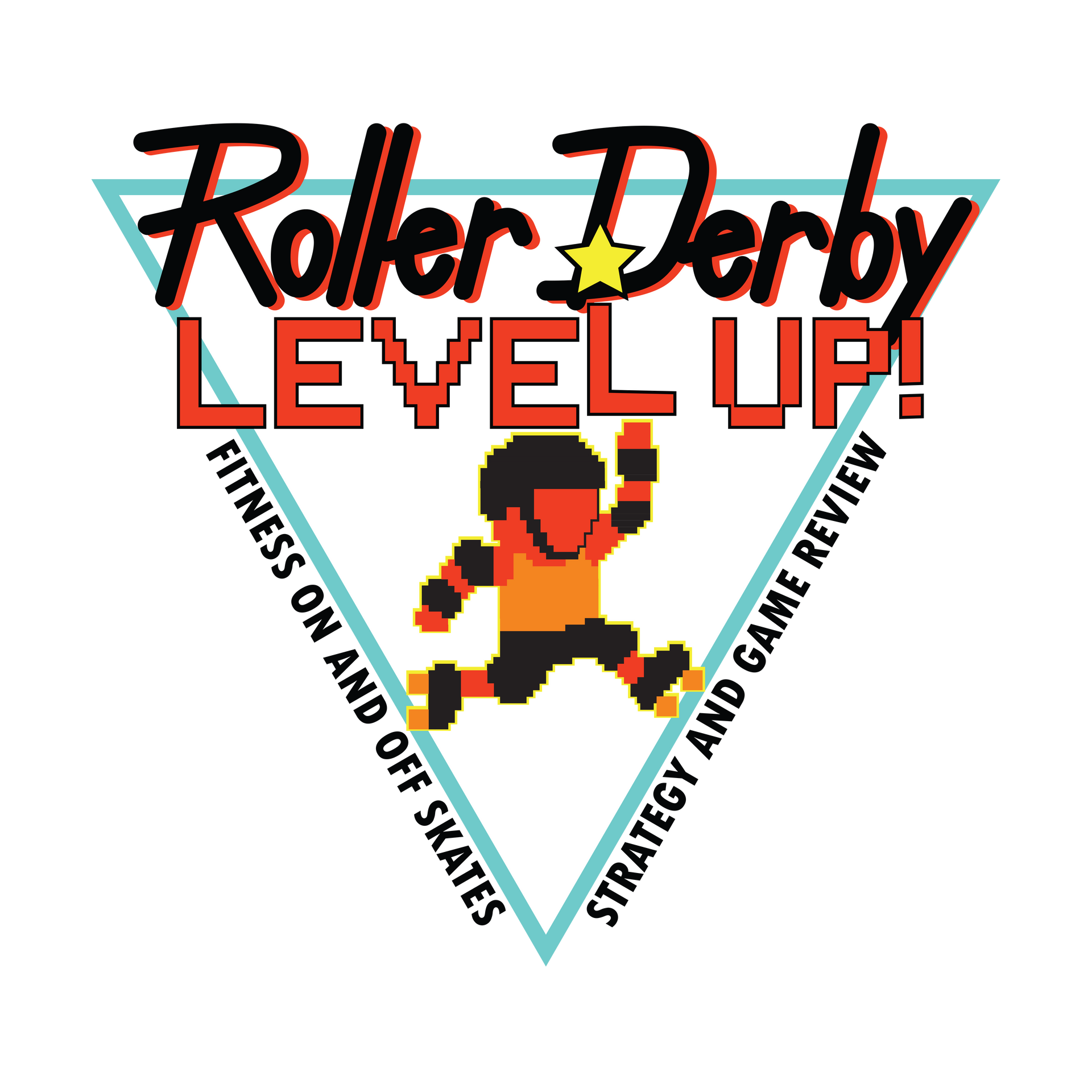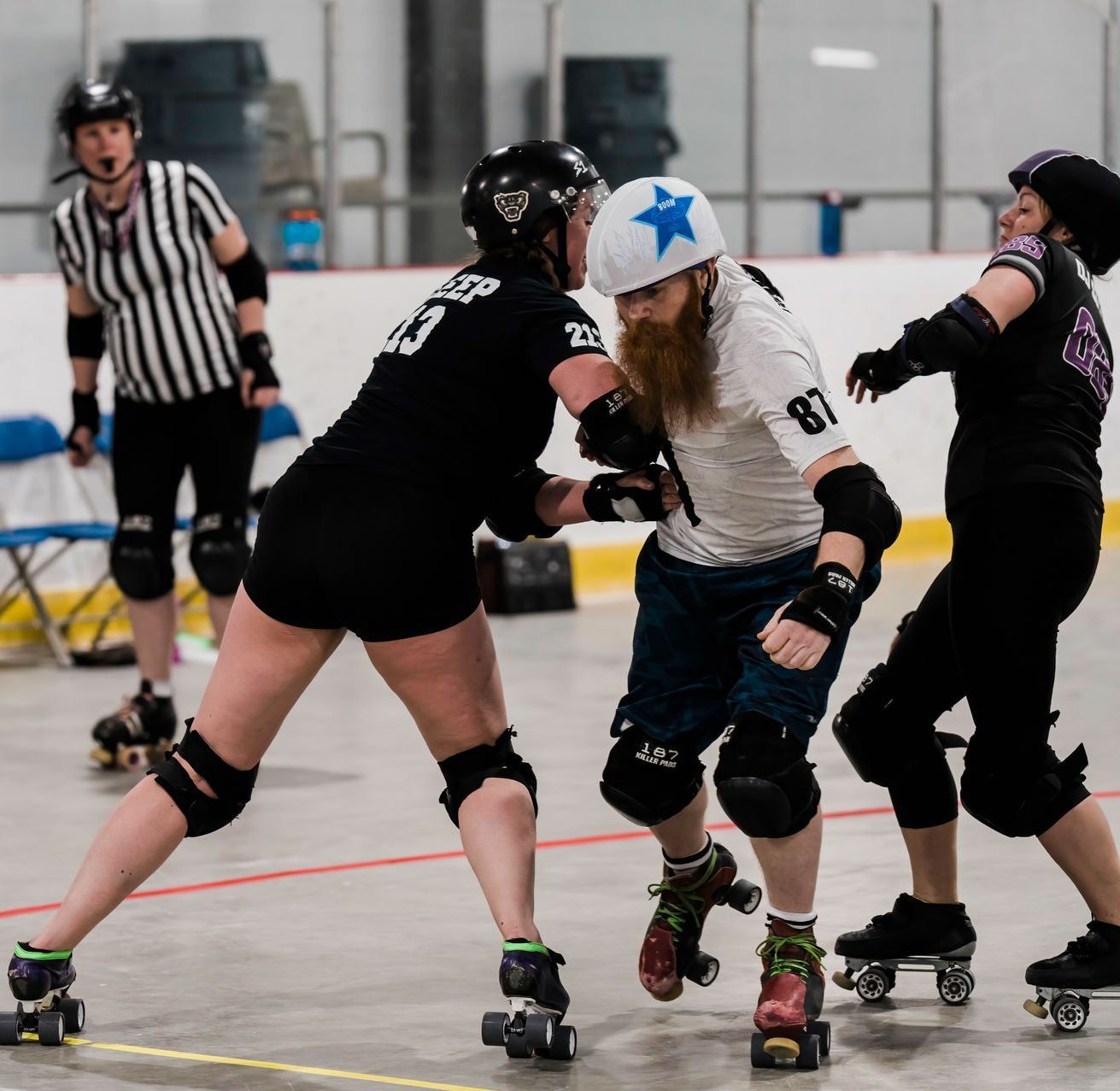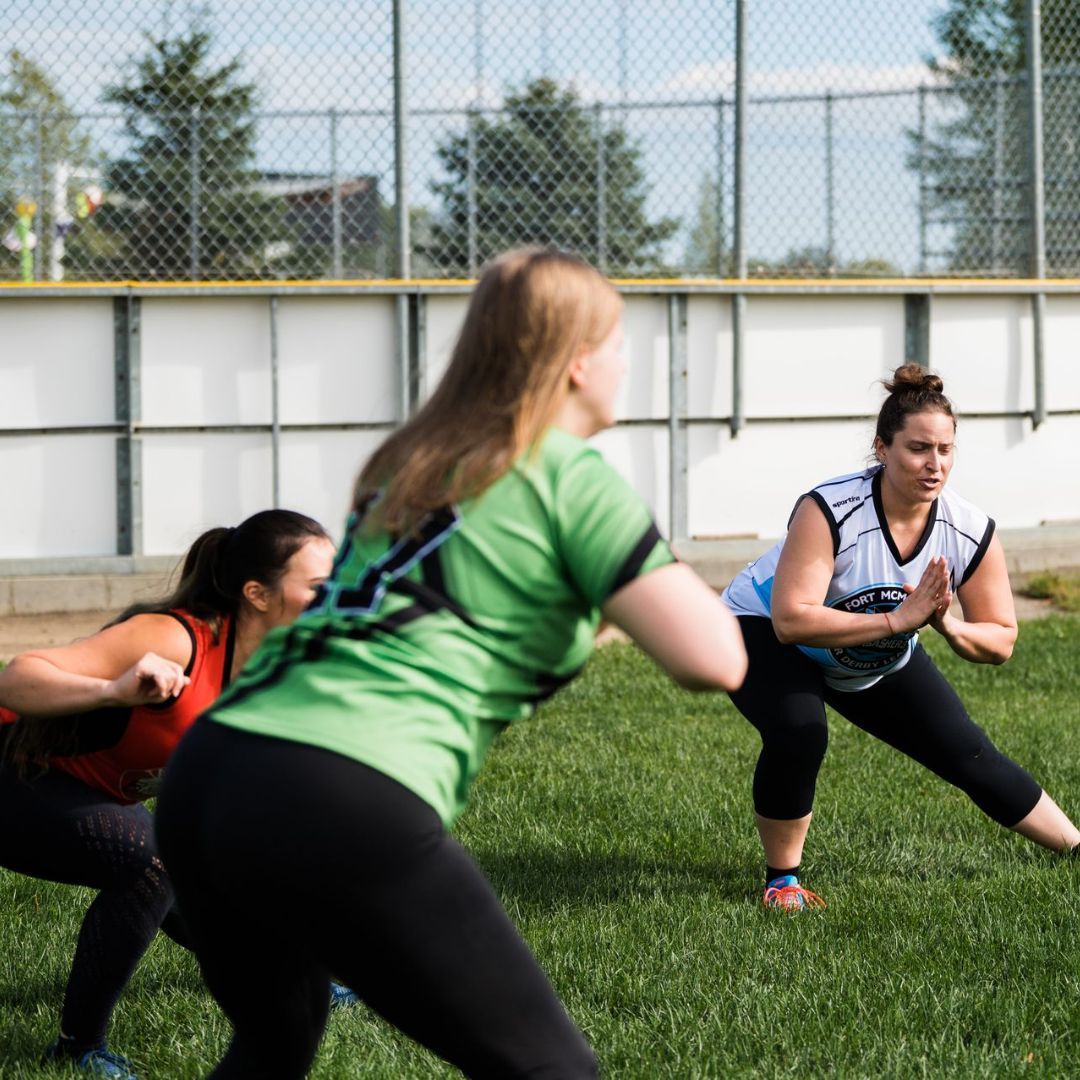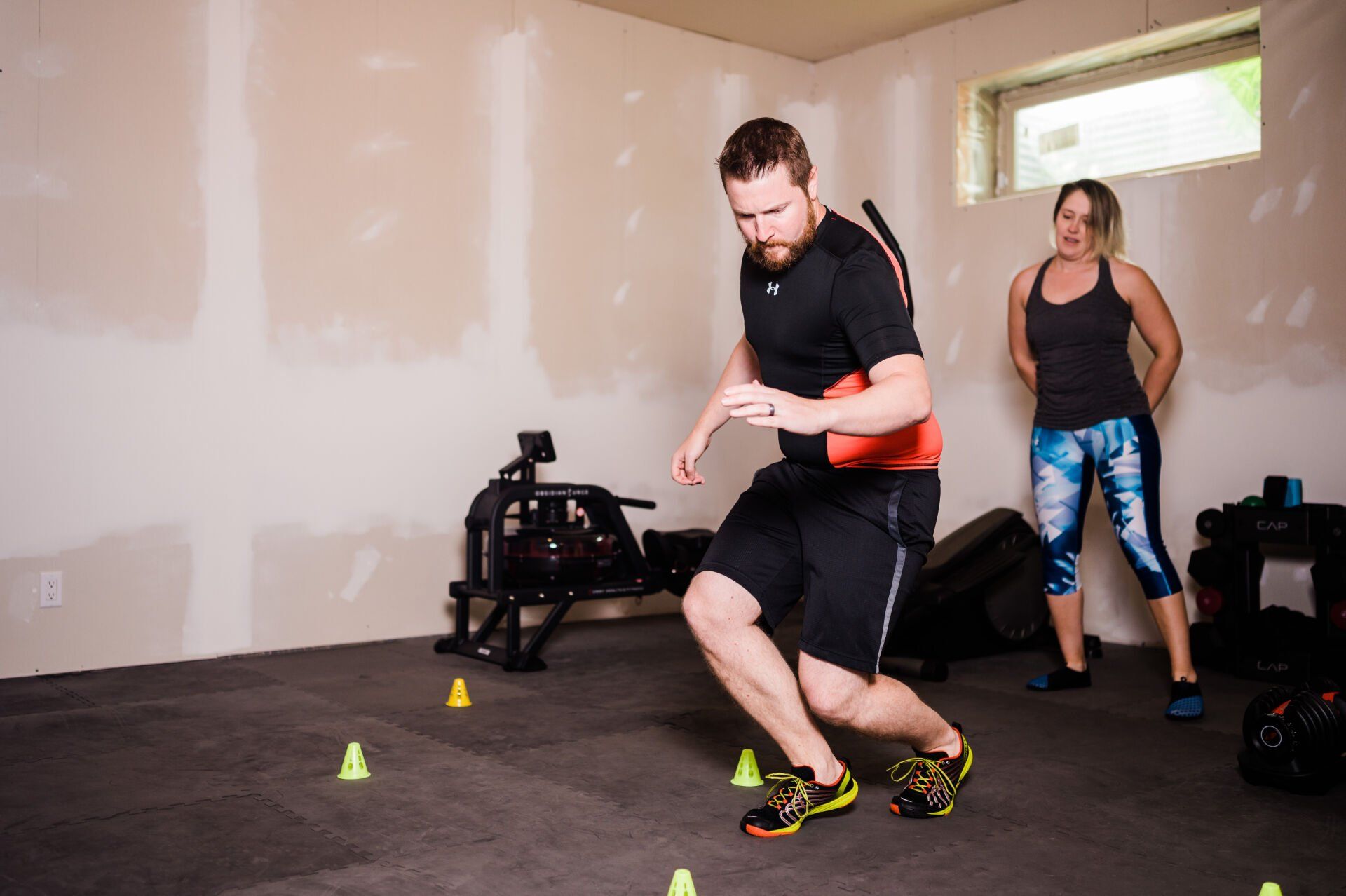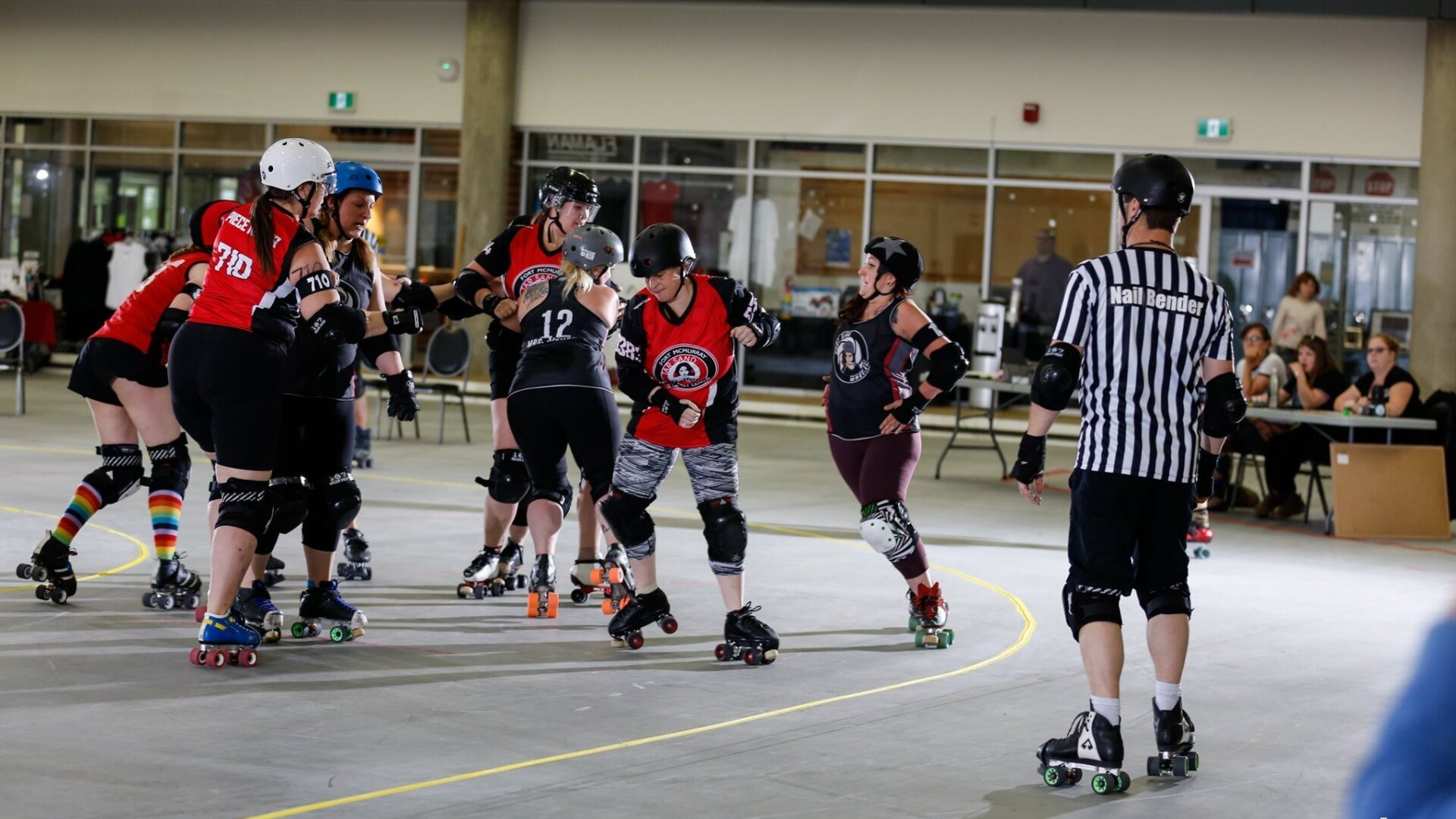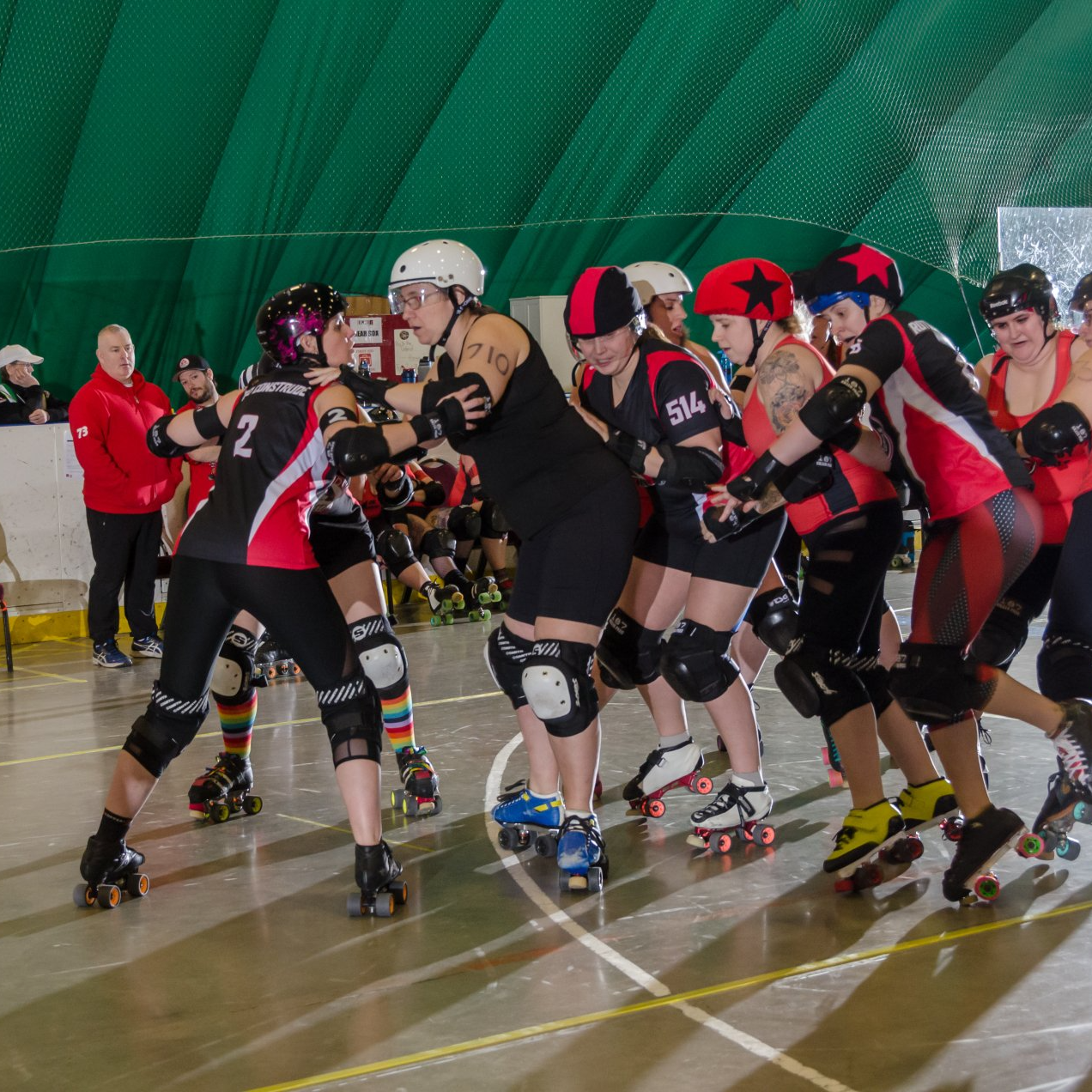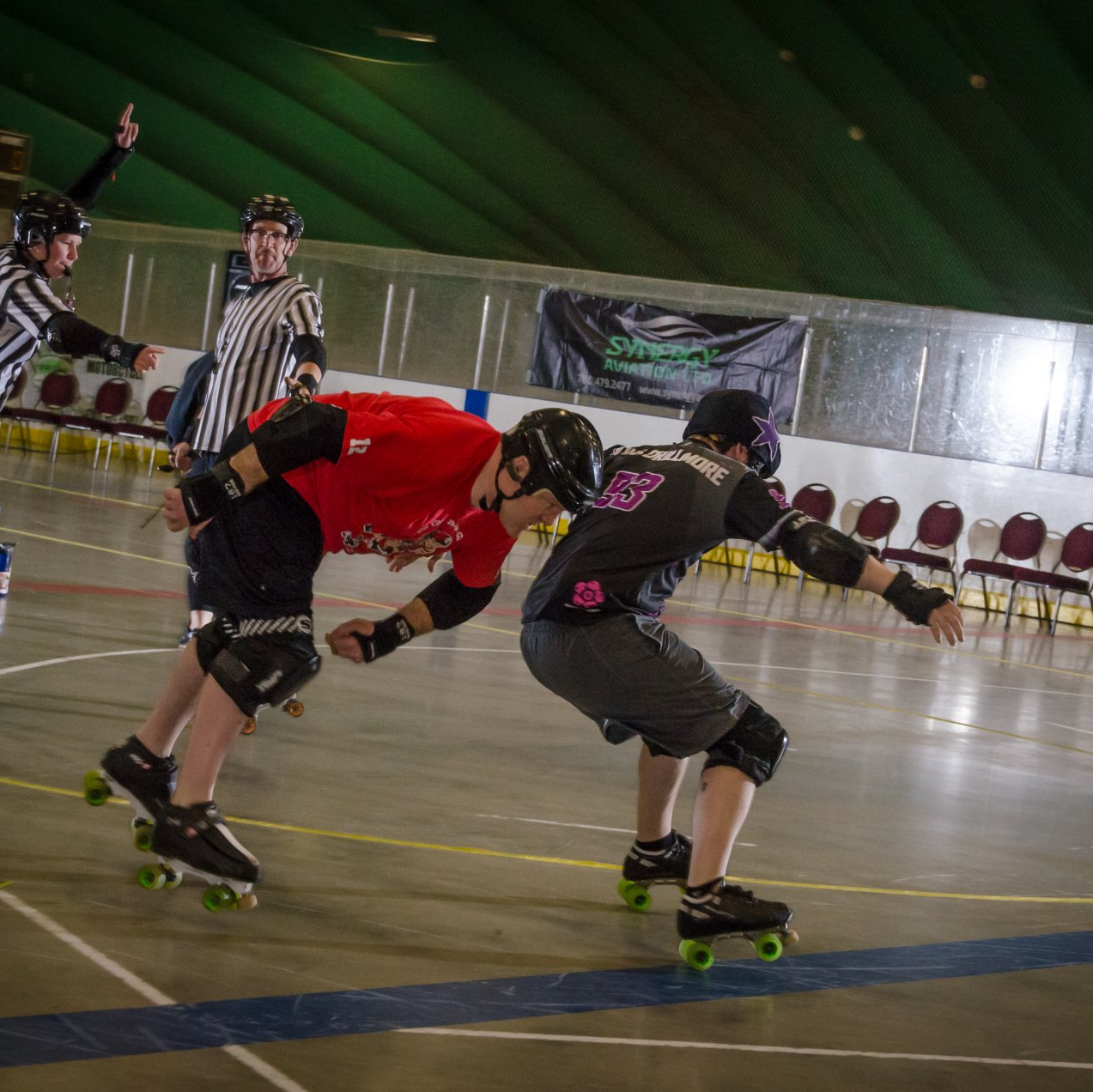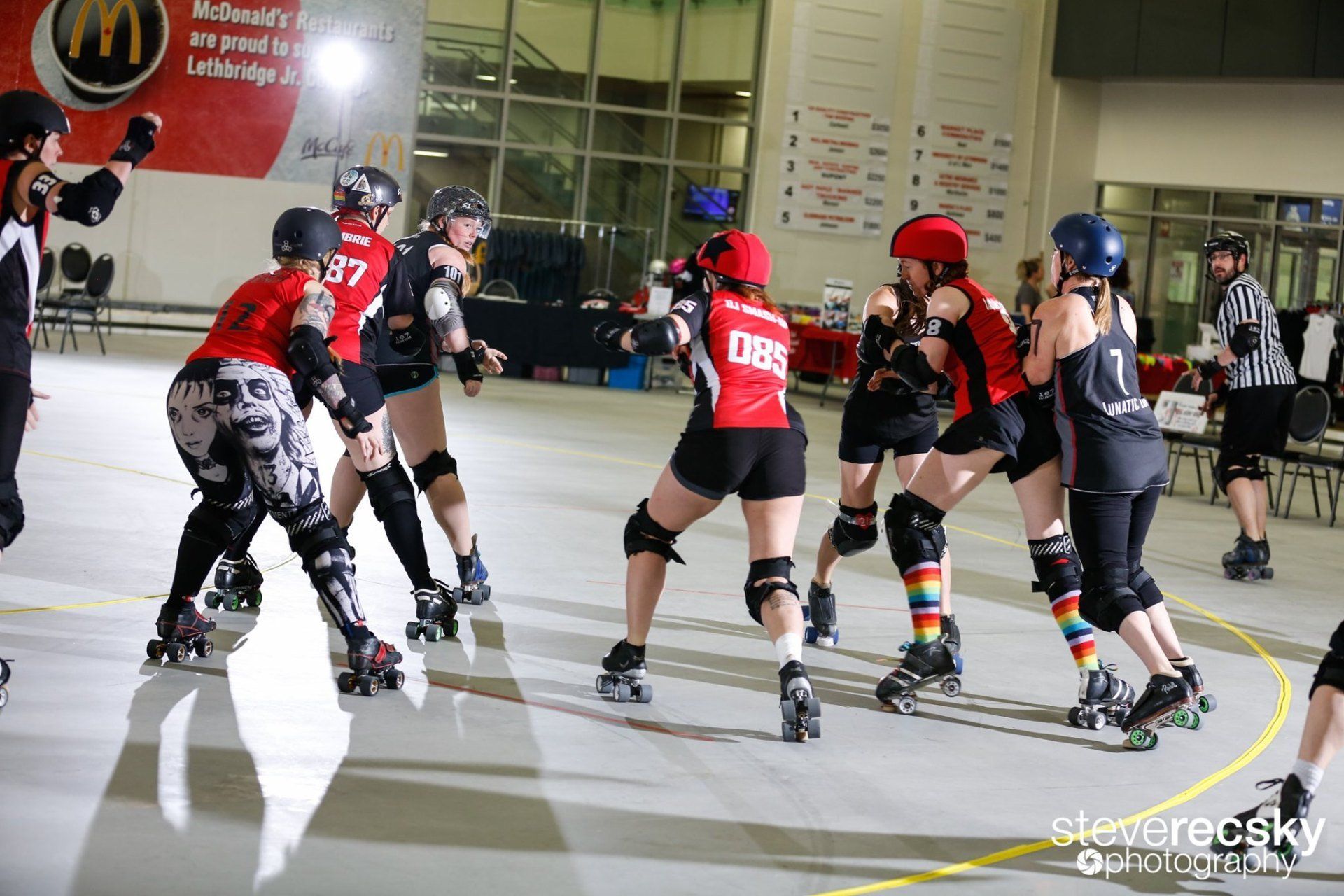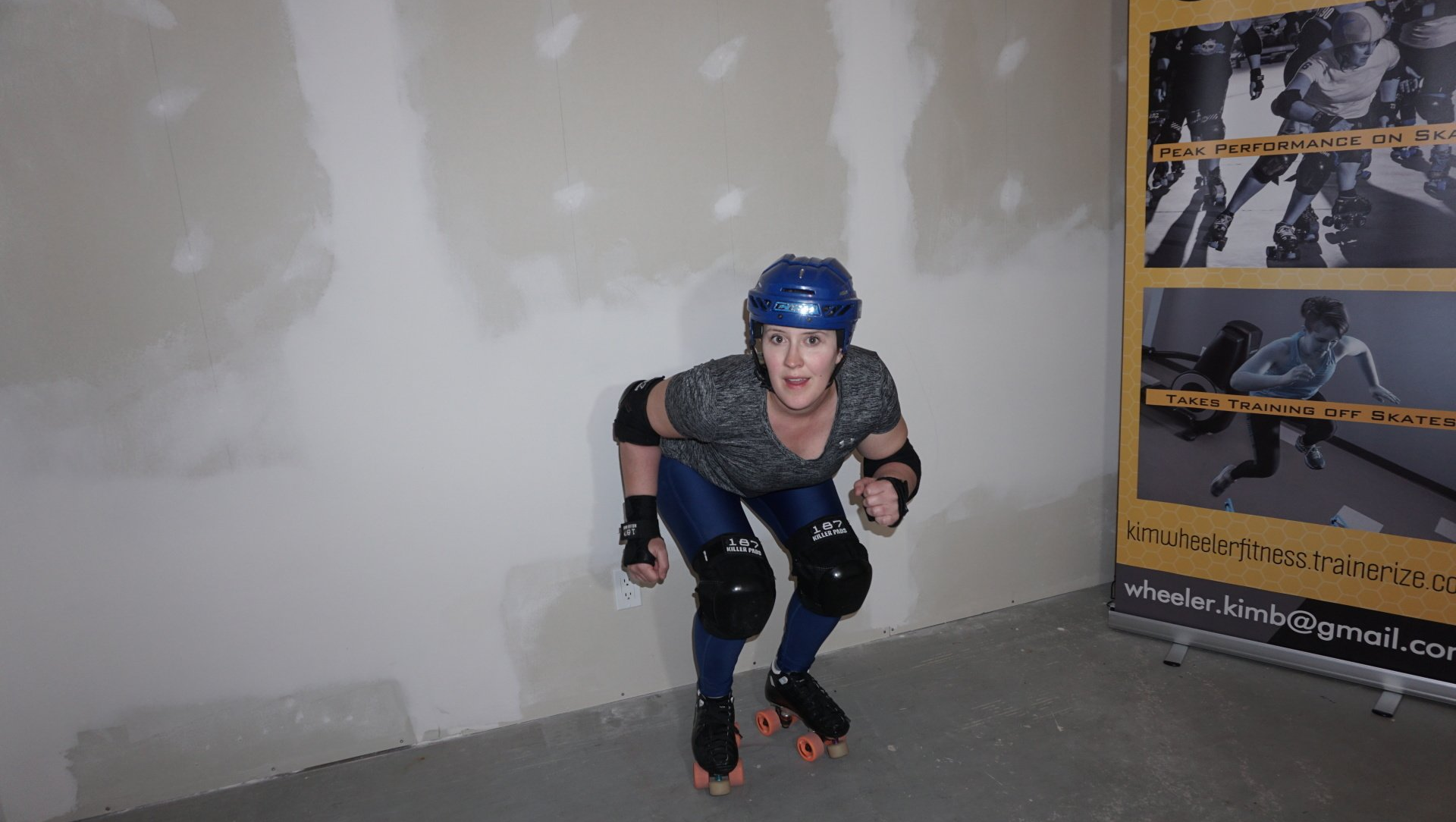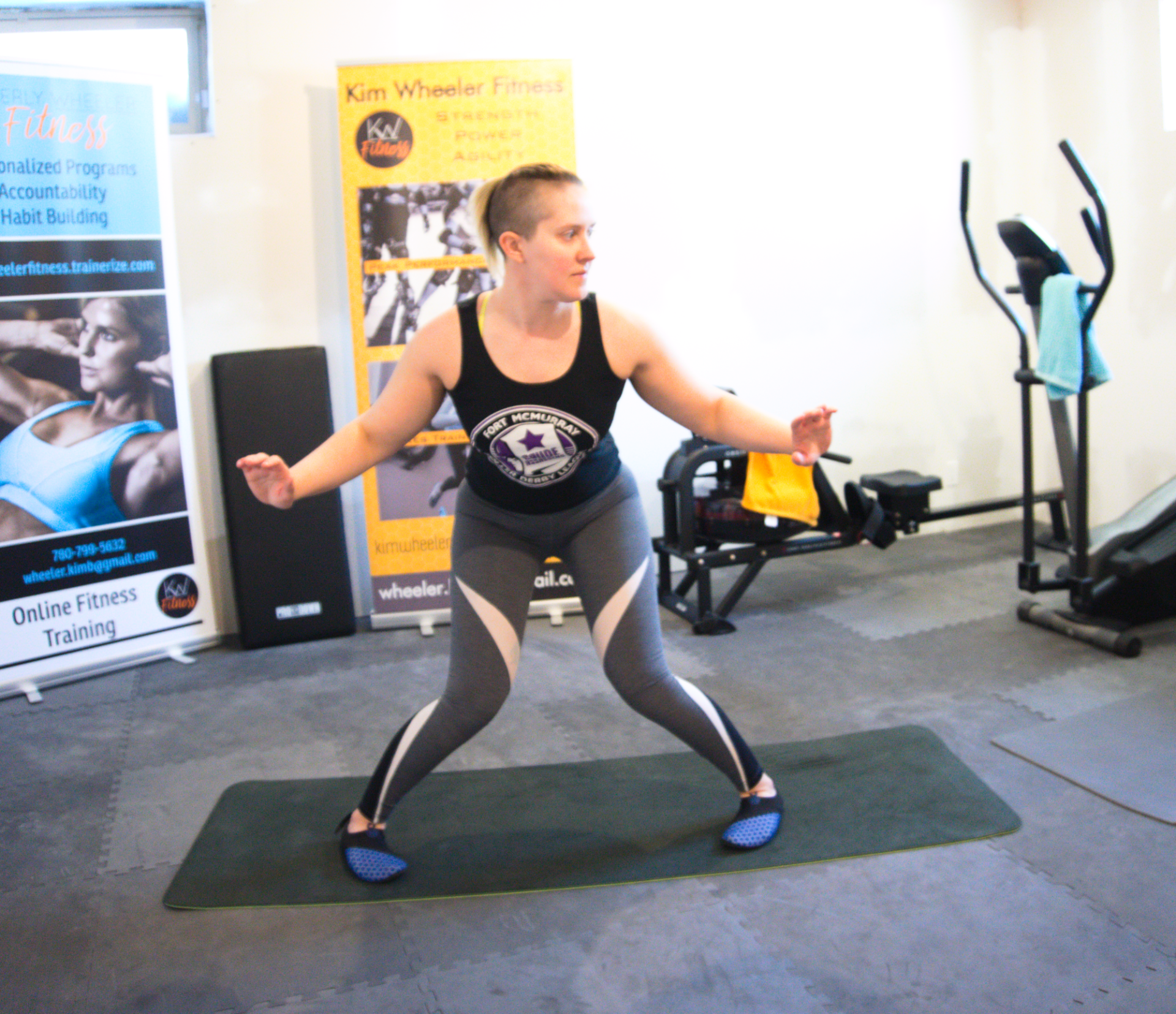When figuring out intensity, you first must know the goal or target of the workout. A low intensity workout will be focusing on slow and controlled movements; with aims of improving flexibility, mobility, strength/form, or recovery. Examples are stretching, slower/relaxing yoga, low-tempo mid-weight weight lifting, and walking. All of these will have a place in your training plan. Medium intensity workouts focus on endurance. These workouts aim to improve your steady-state cardio. Examples are running, performing other cardio activity non-stop for an extended period of time, or doing high-rep low-weight weight lifting. The high intensity workouts are all about explosive speed. The aim of these workouts is to improve your body's ability to utilize quick bursts of energy to get you moving. Examples include sprints, plyometrics, and High Intensity Interval Training workouts.
Your ability to match intensity to prescribed workouts can be tricky, but there are some clues in the design you can use to help.
Any cool down or active recovery part of your workout should be considered low intensity. You’ll also want to start low intensity when learning a new lift to ensure you are getting the proper form.
Medium intensity workouts will have long periods of non-stop work. There might be rests added into the workout, but they will typically be shorter, 1 minute or less.
High intensity workouts will have short periods of work and long periods of rest. You should be working at 100% power during the workout portion, and thus require long rests of 3 or more minutes.
A potential confusing workout in your plan could be heavy lifting days. Low-reps and high-weight days will have long rest, like a high intensity workout. While you might not feel out of breath during your rests, the long rest time is for muscular recovery. Your muscles are working at a high intensity and you want to repeat that, so the long rest is needed.
